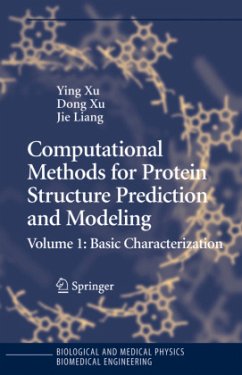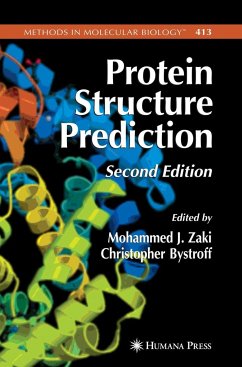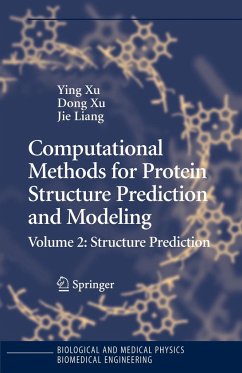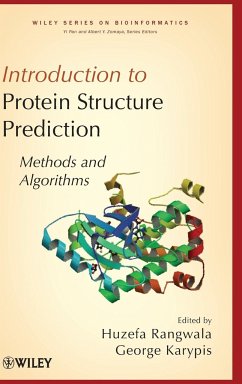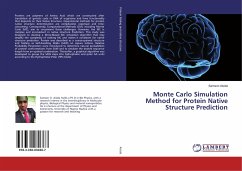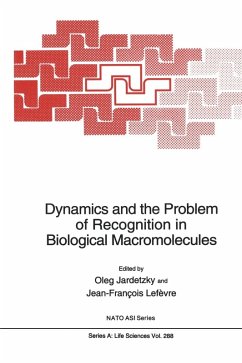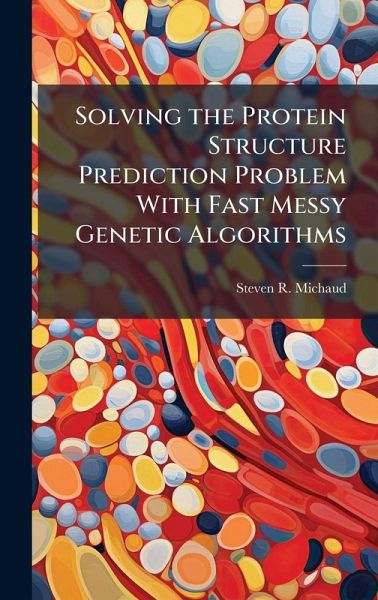
Solving the Protein Structure Prediction Problem With Fast Messy Genetic Algorithms
Versandkostenfrei!
Versandfertig in über 4 Wochen
31,99 €
inkl. MwSt.
Weitere Ausgaben:

PAYBACK Punkte
16 °P sammeln!
The ability to accurately predict a polypeptide`s molecular structure given its amino acid sequence is important to numerous scientific, medical, and engineering applications. Studies have been conducted in the application of Genetic Algorithms (GAs) to this problem with promising initial results. In this thesis report, we use the fast messy Genetic Algorithm (fmGA) to attempt to find the minimization of an empirical CHARMM energy model and generation of the associated conformation. Previous work has shown that the fmGA provided favorable results, at least when applied to the pentapeptide [Met...
The ability to accurately predict a polypeptide`s molecular structure given its amino acid sequence is important to numerous scientific, medical, and engineering applications. Studies have been conducted in the application of Genetic Algorithms (GAs) to this problem with promising initial results. In this thesis report, we use the fast messy Genetic Algorithm (fmGA) to attempt to find the minimization of an empirical CHARMM energy model and generation of the associated conformation. Previous work has shown that the fmGA provided favorable results, at least when applied to the pentapeptide [Met]-Enkephalin. We extend these results to a larger Polyalinine14 peptide by utilizing secondary structure information as both searching constraints and seeding the initial population. Additional efforts where conducted to improve the performance of the algorithm with respect to solving the Protein Structure Prediction (PSP) problem through a short-circuiting operator where complete evaluation of the fitness function is halted if initial results are not promising, and by conducting additional searches on faster machines in a heterogeneous environment. Results indicate that, on average, this localized search tends to produce better final solutions. Finally, the fmGA as applied to the PSP problem is analyzed and shown to have improved performance and effectiveness. This work has been selected by scholars as being culturally important, and is part of the knowledge base of civilization as we know it. This work was reproduced from the original artifact, and remains as true to the original work as possible. Therefore, you will see the original copyright references, library stamps (as most of these works have been housed in our most important libraries around the world), and other notations in the work. This work is in the public domain in the United States of America, and possibly other nations. Within the United States, you may freely copy and distribute this work, as no entity (individual or corporate) has a copyright on the body of the work. As a reproduction of a historical artifact, this work may contain missing or blurred pages, poor pictures, errant marks, etc. Scholars believe, and we concur, that this work is important enough to be preserved, reproduced, and made generally available to the public. We appreciate your support of the preservation process, and thank you for being an important part of keeping this knowledge alive and relevant.




